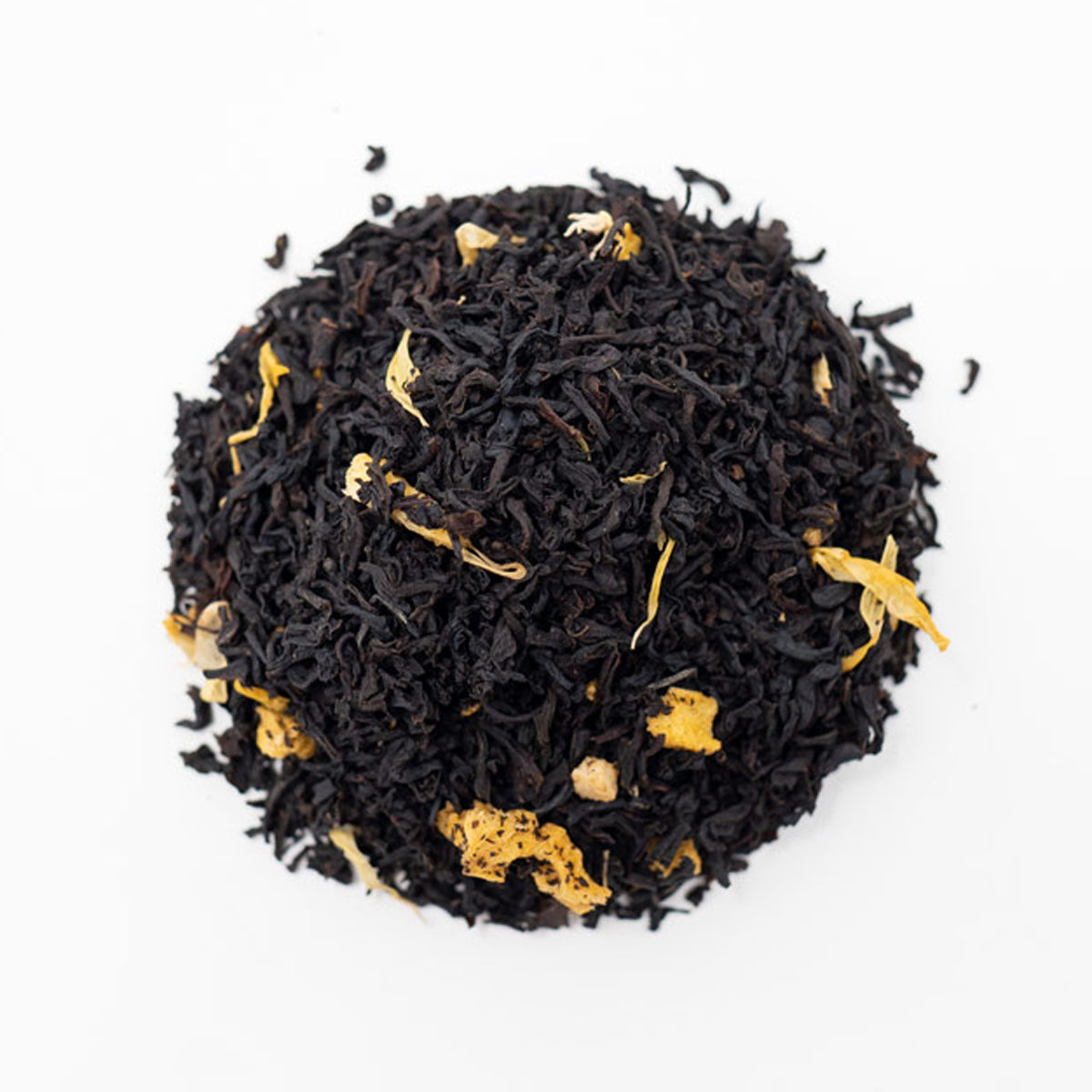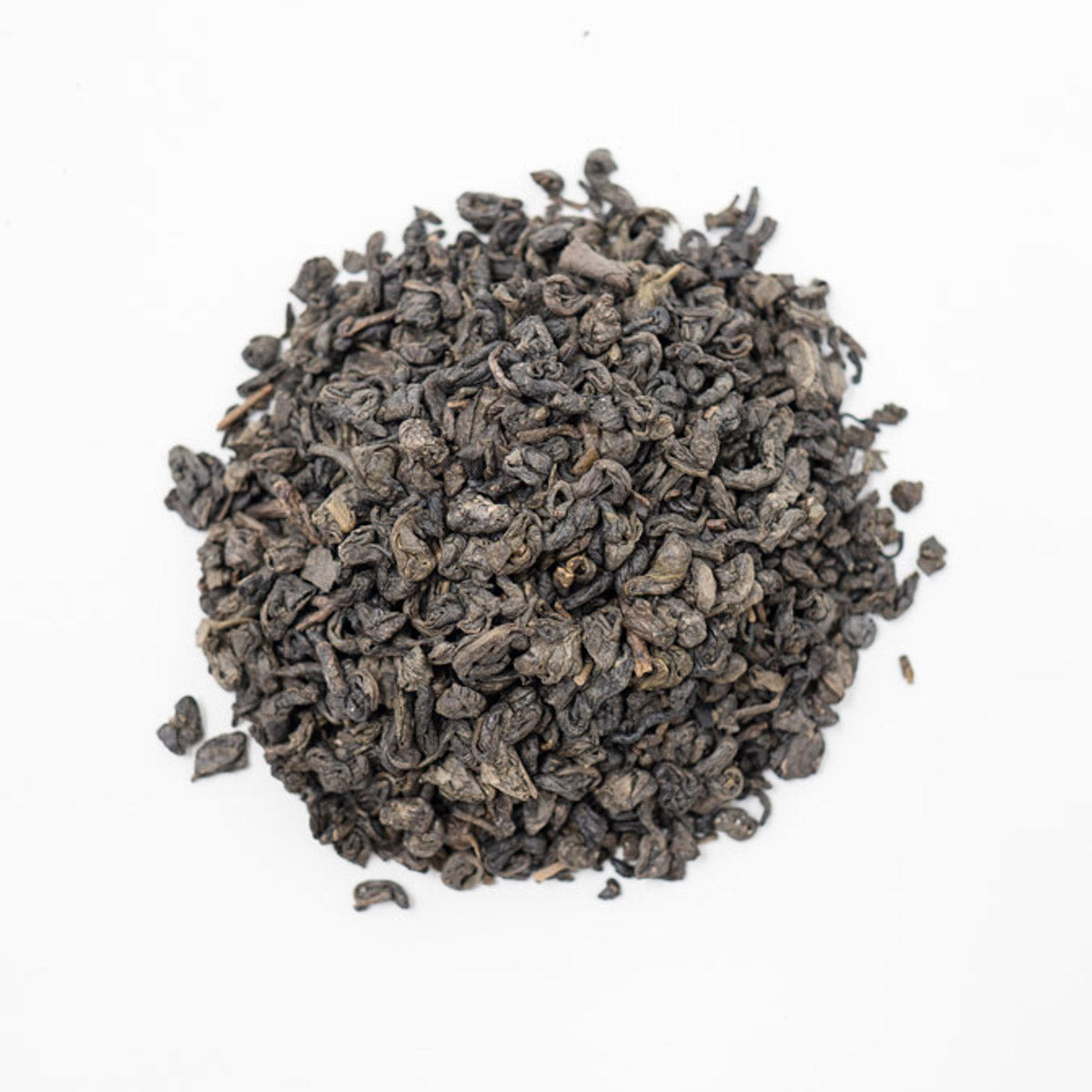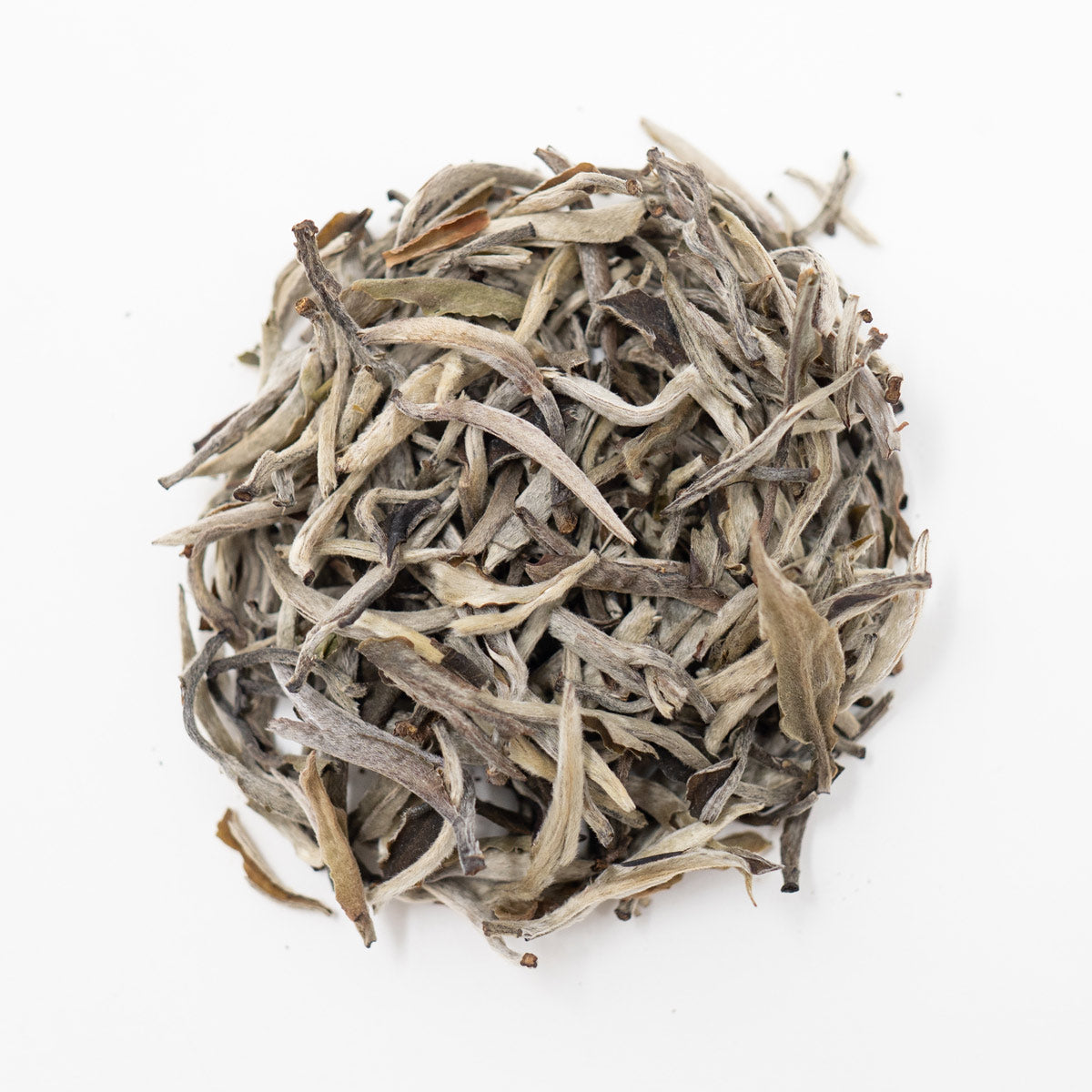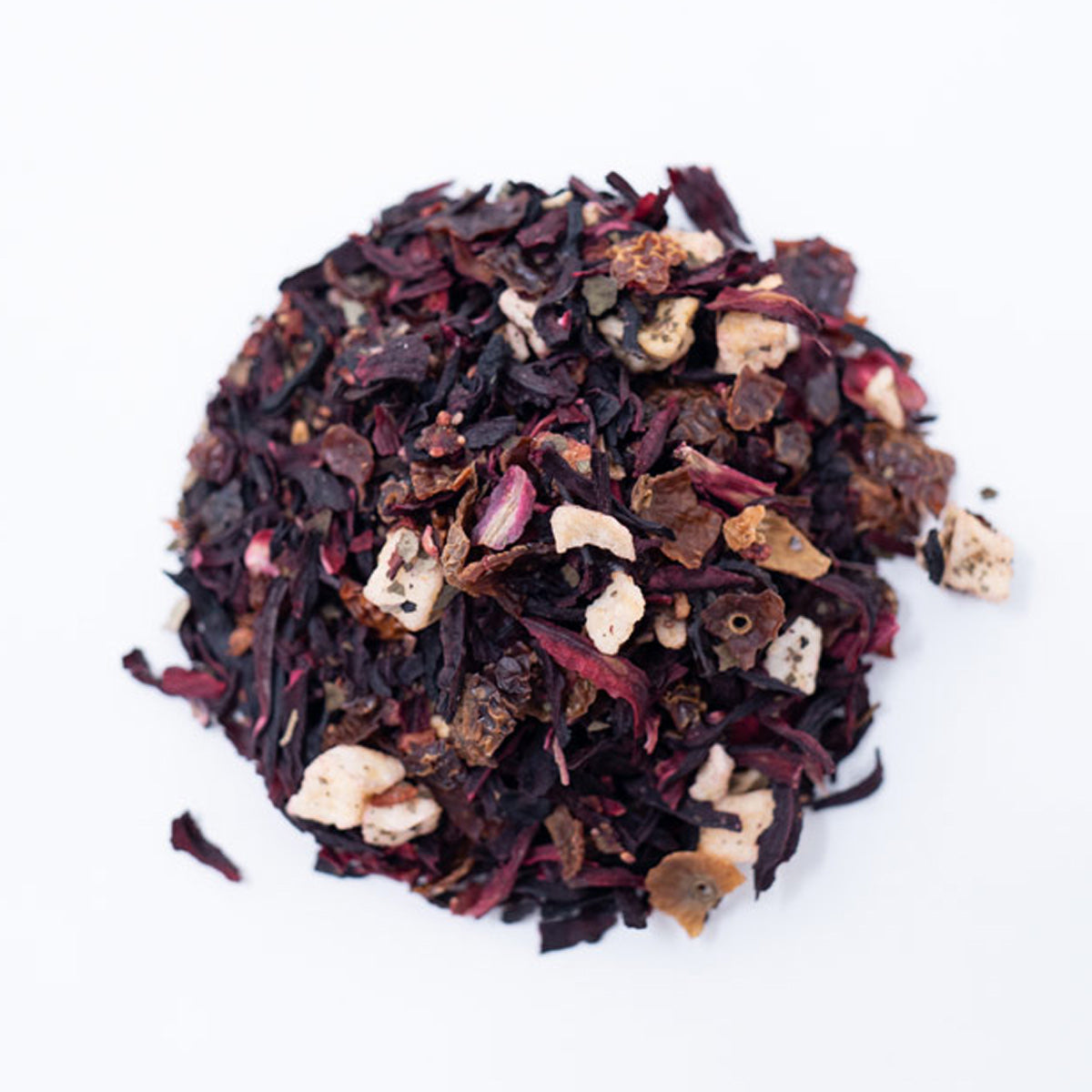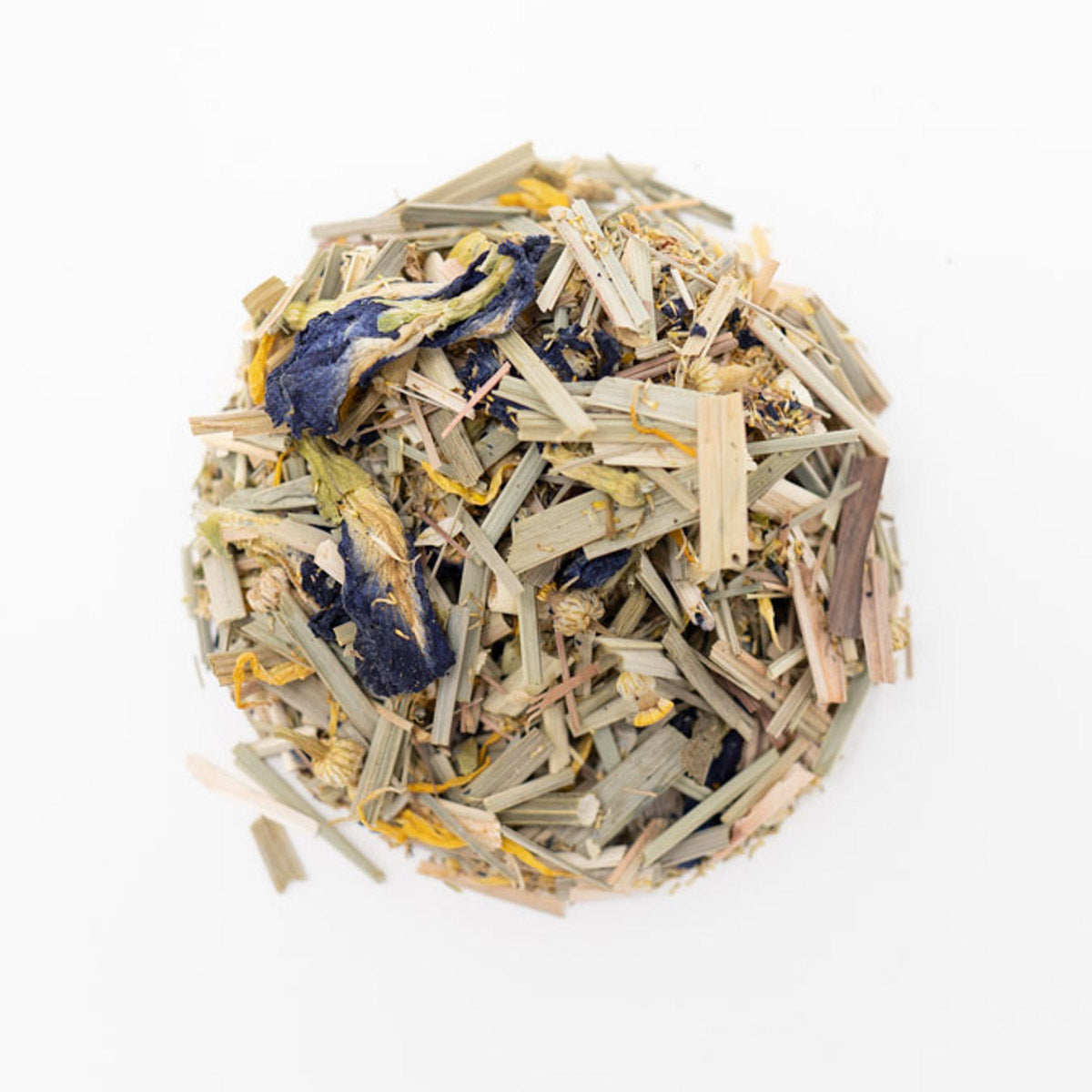To Toast or Not to Toast | Hojicha and Other Toasted Japanese Teas
I have to be honest; when I joined Hackberry Tea, I was first a coffee drinker who happened to enjoy tea once in a while. If you don't know about Hackberry Tea, we are the tea side of Sagebrush Coffee. If you come into our coffee shop, you can order tea as well as coffee. Like Sagebrush, creating a culture of education is a high priority. I was tasked to research and learn about the nuances of tea so we could not just sell tea products along with coffee but so we could help customers make educated decisions about what they should buy. This commitment to education has helped us elevate our tea offerings. As I learned about tea, it became much more than leaves in a bag that produces a yummy drink. I started to learn about its history, people, culture, medicinal, and even religious implications. There are so many people and cultures behind tea, it has become a fascinating subject to me. I've gone from not knowing what matcha was to prefer only ceremonial grade. Those were foreign words to me not too long ago. Hopefully, I can adequately share how my view of tea has expanded and how I appreciate it in a whole new way now. You might have noticed that at Hackberry Tea, we are exploring new things and want to bring you along as we discover tea in a deeper, more profound way. It might be a little bumpy, but sometimes there's only one way to learn things: try them. So please give us feedback and suggestions. We're definitely open to hearing what our customers want. There is a depth to the tea experience that I was unaware of. There are centuries-old traditions to appreciate.
Not too long ago, we ventured into the world of matcha. I may have been one of the biggest skeptics here. I would smell it and not understand why people liked it. Then Matt asked me to write a blog about it. I've been writing for a long time and try to hold true to the idea that you can't write about what you don't know. I determined to learn as much as I could about matcha, including drinking it. I tried it as a latte and the traditional way. I didn't try it only once because first impressions, in my opinion, can be fickle. From my first try to my third try, I had come full circle, and it's now one of my favorite drinks. I almost didn't recognize myself. We serve ceremonial-grade matcha at the Sagebrush Coffee Shop, and it's grown to be a customer favorite. We would be missing out on so much if we never decided to take a leap and try matcha. Oh! And it was a leap.
The Hackberry Leap into Toasted Teas
Recently we decided to take another leap. We've had traditional tea for a long time like black, green, white, tisane; the list goes on. We will now be offering toasted teas. Our first one is Genmai Cha. It features toasted rice with a savory nuttiness and a delicate sweetness of green tea blended to create a satisfying experience. While rice was originally used as a cost-saving filler to make the tea stretch and last, it delightfully complements the flavor, giving it a delicious fullness. These warm flavors are perfect for hot or iced tea, any time of day, and in any weather.
Our next offering is Hojicha. Like matcha, I didn't know what it was as I started to research it. And of course, I had to taste it because, as I said before, you can't write about something you don't know. Researching Hojicha helped me understand how seriously Japanese people take their tea and how much they want to make the most of it. I'll give a full review of my taste test at the end of this blog.
What is Hojicha?
Hojicha is a roasted Japanese green tea type. 'Hoji' means roast, and 'cha' means tea in Japanese. Hojicha is unique compared to other Japanese Green tea varieties because it goes through a roasting process. When you look at the history of tea, China seems to be at the center of it, and while it may have been the place where tea was first discovered, Japan has made a name for itself when it comes to tea. In some cases, like with matcha, some people think it can only be grown in Japan and that it's not authentic if it's grown somewhere else. Yes, Japan has indeed built a culture around matcha, but it originated in China. It shows that the Japanese are very creative when it comes to tea. In a desire to get the most out of tea, they experimented with roasting leaves to extend the possibilities for enjoying tea. One of the varieties of Japanese toasted teas is Hojicha. It's made by roasting green tea leaves or stems from conventional Japanese green teas at high temperatures after being steamed. More mature leaves are usually used to make Hojicha because they are stronger than younger leaves. Younger leaves are too delicate to go through the roasting process. It's a very different experience than the traditional tea-drinking experience. If you're a coffee drinker, try a cup of roasted tea, it might be just what you like. It's reminiscent of coffee.
You may be wondering what Sencha and Bancha are. They are the names given to leaves based on when they're picked in the harvest and how big the leaves are. Only Bancha and Sencha leaves are used to make Hojicha.
Sencha
Sencha comes from the small-leaf Camellia sinensis plant. It has a refreshing flavor that may be vegetal or grassy but may vary depending on how it's brewed. After picking, leaves are quickly steamed to prevent oxidization which locks in the green color and flavor. The leaves are then rolled, shaped, and dried. If they're used for Hojicha, they go through a toasting process.
Bancha
Bancha is harvested from the Camellia sinensis plant as well. As sencha grade. It's plucked later than sencha, which gives it a lower grade. It is considered one of the lower grades of Japanese green teas, even though there are 22 different grades of Bancha. Its flavor is unique and varies depending on the type of leaf. The flavor ranges from smokey, roasted nuts, green grass, earth, soil, and wet leaves. Some types of Bancha may have a more pungent straw smell. Bancha also undergoes a roasting process when it's used to make Hojicha. Bancha is excellent for culinary practices, which shows how valuable the tea can be. It has many more uses than just drinking.
The Origin Story of Hojicha
Hojicha was first introduced in Kyoto, Japan, in the 1920s when tea sellers were looking for ways to get the most out of their tea and reduce waste. They started roasting leftover leaves, stems, and twigs over hot charcoal. This resulted in a pleasant and smoky beverage when it was steeped. As years progressed, processors became more selective about what leaves would be toasted. Today, it isn't limited to the leftovers, but leaves are picked for toasting. It created a whole new category for tea. This new process birthed teas like Genmai Cha and Hojicha. The art of toasting tea is relatively new compared to how long tea has been around. Its popularity really took off after World War II and has steadily grown worldwide.
Processing Hojicha
Once leaves are picked, they are quickly steamed to stop oxidation. Then, they are carefully roasted in ovens at high temperatures. They use what looks to me like a coffee drum roaster. They're put into a bin where leaves are constantly rotated until they reach the desired roast. Temperatures are carefully monitored, so the tea isn't accidentally overtoasted. Teas can be roasted to a light, medium, or dark roast, much like coffee, and after they're done being roasted, they are set aside to cool before they're packaged. Depending on the type of leaf and roast, the processor may repeat the toasting process at different temperatures to reach the right level of humidity and roast profile.
Brewing Hjocha
Hojicha is offered as both loose leaf and ground. If you buy loose-leaf, make sure you follow the package instructions from wherever you purchase it. We offer only ground for now. When I tried it, since it was in powder form, I followed the instructions to let it steep for 3-5 minutes. You don't need to do that with matcha, but it makes a difference in the smoothness of the drink. I mentioned earlier that when I first tried matcha, I liked it by the third time. Hojicha is a little different. I've only tried it once, but I'm not ready to give up on it. I tried it as a latte and in water, and since I love coffee, I'm confident that Hojicha will also become a favorite. But if I'm honest, I'm not there yet.
